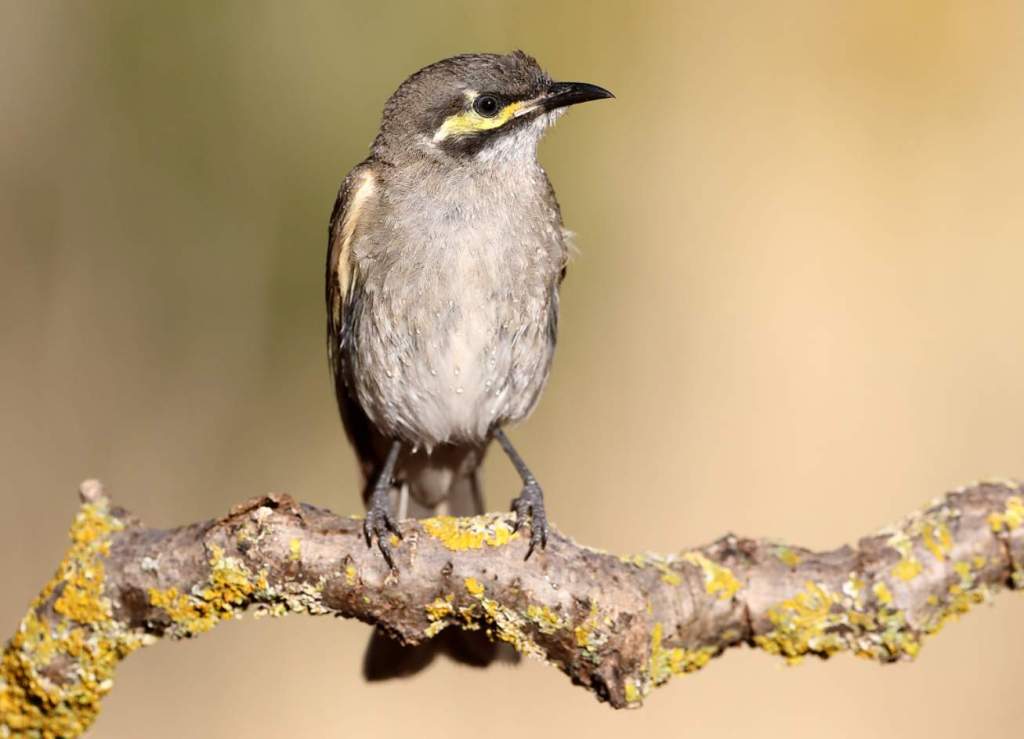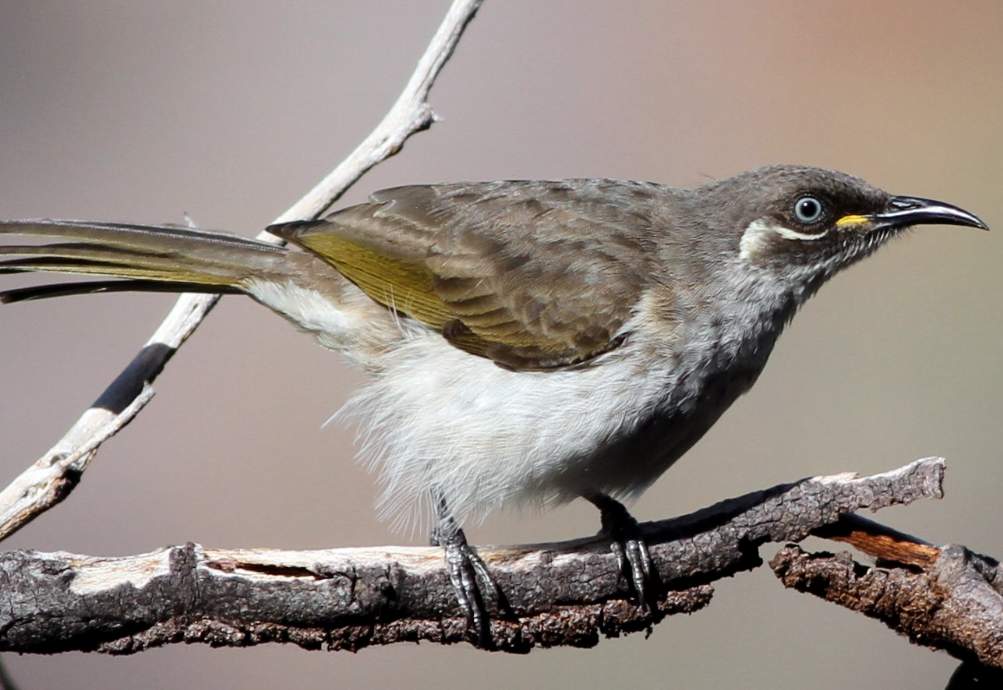Types of Osprey Calls
Ospreys are one of the most captivating birds of prey to observe in the wild. Their striking appearance and distinctive vocalizations make them a unique species to study. Ospreys, also known as fish hawks, are a unique bird species that inhabit regions close to water bodies. These birds have a language of their own, consisting of various call types that often have specific meanings. Let’s explore the reasons why Ospreys make calls, the types of calls they use, and what those calls mean.
Why Do Ospreys Call, Chirp, and Whistle?
Ospreys use calls, chirps, and whistles primarily to communicate with their mates, and rival Ospreys, and to warn each other about potential threats. The majority of Osprey vocalizations occur during interactions between the mated male and female, and as the young birds grow older, the parents communicate with them more frequently.

Male and Female Osprey Calls
Male and female Ospreys produce similar calls and screeches, with only a few types of vocalizations that are specific to the female. Most Osprey vocalizations are accompanied by a visual body posture or display, which is often subtle and difficult to detect from a distance.
Ospreys are Loud and Vocal
Most Ospreys in North America are here to breed and are constantly interacting during the breeding period. As a result, people living near nesting Ospreys may perceive them to be very loud and vocal. Ospreys have contact, warning, and alarm calls to keep in touch with each other. They vocalize when they meet again after separating for some time when the male arrives at the nest when the male is perched in a tree near the nest when an intruder flies by the nest, and during other interactions related to family-raising and nest protection.
Types and Meanings of Osprey Calls
The biologists Bretagnolle and Thibault (1993) have distinguished five types of calls and assigned meanings to them. These calls are alarm calls, solicitation calls (food-begging calls), guard calls, screaming calls, and excited calls. They use these sounds mainly as a means to interact with their mate, and rival ospreys, and to warn each other about the presence of potential threats.

Alarm Calls
Alarm calls are short, clear whistles that fall in pitch, given by both male and female Ospreys. These calls are used when a potential predator or disturbance approaches the nest. The frequency and intensity of alarm calls depend on the type and proximity of the threat. The closer the potential predator gets to the nest, the louder the calls get.
Solicitation Calls (Food-Begging Calls)
Solicitation calls consist of a series of rapid, short call notes given mostly by female Ospreys. The presence of a male elicits these calls, which can vary in pace and intensity according to the distance between the male and female and whether the male has a fish or not.
Guard Calls
Guard calls consist of a series of high-pitched calls interspersed with screeches and are given by both male and female Ospreys. These calls are used when an Osprey that is considered an intruder flies near the nest or perches in a nearby tree. If given by the male, it means the protection of the female and the nest, while if given by the female, it means the protection of the eggs or young Ospreys.
Screaming Calls
Screaming calls are long, screeching whistles given exclusively during the sky-dance courtship displays that male Ospreys perform during the initiation of the breeding season.
Excited Calls
Excited calls are similar to guard calls but vary in pitch and intensity according to the proximity and nature of the threat. Ospreys share their nesting and foraging habitat with Bald Eagles, which they consider a potential predator. Upon detecting a Bald Eagle near the nest, Ospreys will produce excited calls to warn each other.
Moreover, As their young grow older after hatching, the parents communicate increasingly with them. The frequency of certain interactions may change throughout the breeding season, resulting in some call types being given more or less frequently accordingly.
Osprey Circling in the sky
The Osprey performs a sky-dancing courtship display by circling in the sky and emitting screeching calls. During this display, the male bird flies in an undulating U-shaped flight pattern at around 900 feet altitude while carrying fish or nesting materials in its dangling legs. The continuous screeching adds to the spectacle. The sky-dance display is mostly observed at the beginning of the breeding season, with fewer performances as the season progresses. This unique flying behavior and call style often draw the attention of many observers who are fascinated by Osprey’s performance.
Read More – 10 American Birds of Prey







